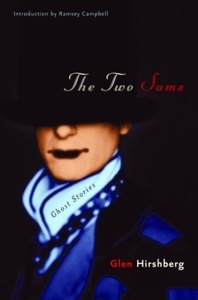I hope everyone has enjoyed reading a short story or two this week. Below are links to new posts since last Sunday’s update. If you are participating in the Deal Me In challenge but not necessarily posting about your stories, feel free to tell us what you’ve read in the comments to this post.
Dale read Nathaniel Hawthorne’s “Ethan Brand”: http://mirrorwithclouds.wordpress.com/2014/02/20/nathaniel-hawthornes-ethan-brand/
The Returning Reader drew her Three of Hearts and tantalizes us with a short review of Donald Barthelme’s “The School” http://returningreader.wordpress.com/2014/02/19/short-story-8-the-school-donald-barthelme/
Then, in an amazing coincidence, Candiss at Read the Gamut drew her King of Spades leading her also to… Donald Barthelme’s “The School” http://readthegamut.wordpress.com/2014/02/23/deal-me-in-challenge-story-8-the-school-by-donald-barthelme/ What are the odds? (I think 1 in 2,704? – that would be before either card was drawn; once one is drawn, then there is a 1 in 52 chance that it would be matched I guess – I was never good at understanding how odds are calculated, as Marilyn vos Savant’s column in Parade Magazine used to frequently remind me…)
Katherine at The Writerly Reader shares her thoughts on “The Conversion of Tegujai Batir” by Jack Kirby http://katenread.wordpress.com/2014/02/23/deal-me-in-week-8-the-conversion-of-tegujai-batir/
http://www.shelfari.com/books/16334/The-Best-American-Short-Stories-1998/reviews/4410861
Here’s one I missed a couple weeks back: Susan at Avid Series Reader commented on a couple stories she’s read for DMI2014 via Shelfari: Padgett Powell’s Wayne in Love and Chance by Edith Pearlman – the latter story featuring a poker game (quite appropriate for this challenge, eh?)
I read Robert Bloch’s “The Hungry House” https://bibliophilica.wordpress.com/2014/02/23/mirror-mirror-on-the-wall-robert-blochs-the-hungry-house/ Bloch is the author of “Pyscho” of the 1959 Hitchcock movie fame.
Well, these were the posts that had been published as of my creating this wrap-up. Feel free to link to any other posts in the comments. Happy reading and see you next week!
-Jay

























